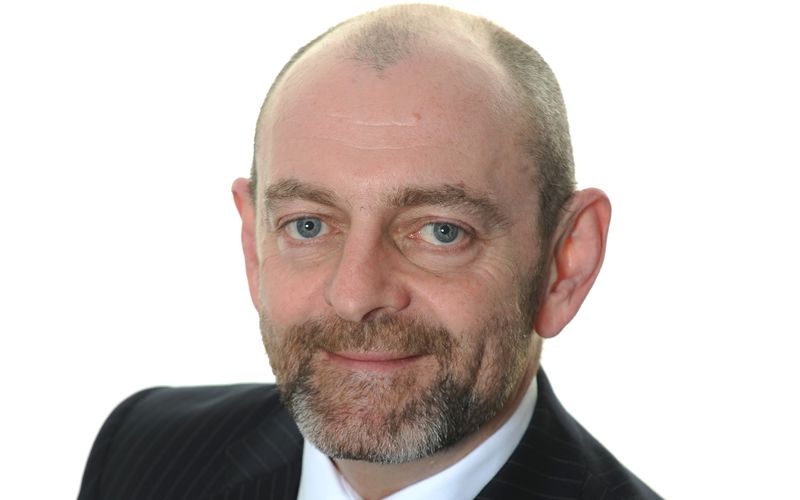
Published Thursday 16 July 2020 at 13:32
Our Director of Public Health and Wellbeing, Professor Dominic Harrison, has written another column for the Lancashire Telegraph.
Read it here:
Since the beginning of the Pandemic, Blackburn with Darwen has had 90 COVID19 deaths. It is now in the top ten list of Local Authorities who have higher rates than the England average of COVID19 cases per 100,000. Over the last few days, we are currently at a rate of about 40 cases per 100,000. We also have a higher positivity rate – at the moment it is at 5.8% and rising .This rate is the rate of confirmed cases per 100,000 as a percentage of all who take a test. The national average is 2-5% with most Local Authorities nearer 2%. We are likely to have the second highest risk in the country for COVID19 sometime over the next two weeks.
Our rising rates are not driven by a single outbreak but are better described as a ‘rising tide’ of community spread. The rates are largely being driven by household clustering where a single person is infected and then the whole household of four or five members are then also being infected. There are isolated cases of individual infections but it is the household clusters of infections that is our main cause of rising numbers.
Over the past two weeks covering the 14 days to the 11th July, the data is showing us that we had 114 confirmed cases of COVID19 in Blackburn with Darwen. Of these cases, 97 where from South Asian heritage communities – equal Indian and Pakistani. This data is also showing us that the average age of infection in confirmed cases is falling significantly with 20% of those new cases in the last two weeks in residents under 19 years of age and more cases in the 20-30 age group.
The cases in the South Asian community are clustering in households and these households are more likely to be in areas of smaller terraced housing with larger multi-generational families with five or more residents.
Our response includes, from 14th July, for one month a number of special measures.
1. A limit of two people from the same household allowed to visit another household
2. Wearing cloth face coverings in all enclosed public spaces
3. Greeting and embracing by elbow bumping rather than by handshakes or a hug
4. Support for small shops through public protection service support and inspection
5. An increase in targeted testing. The new mobile testing unit at Witton Park Academy will help us with case finding, identifying people who have no symptoms but who carry the virus.I expect the overall cases to continue to rise for the next 10 days to two weeks both due to the increased targeted testing we are doing in the communities most at risk and because we have opened a Pillar 2 testing site next to the Hospital last week.
Our plan is that after two weeks, if the rates are continuing to rise, we will consider reversing the national lockdown lifting measures in BwD one by one until we do get a reversal in the current rising trend of transmission.So we need to get these rates down by Monday 27th July.
We are all in this together. We all need to support each other to stick to the things we know will reduce community spread.
You can also read the article on the Lancashire Telegraph website.
